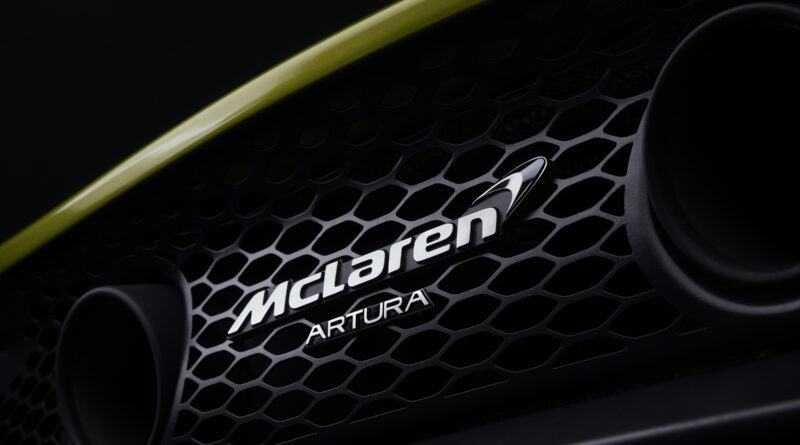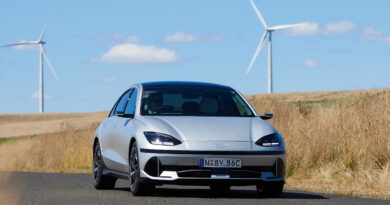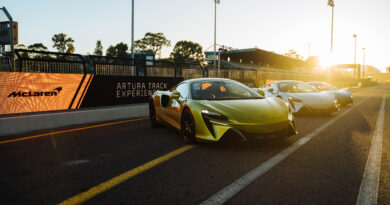V6 hybrid era kicks off for McLaren with new Artura PHEV
McLaren will burst onto the hybrid supercar scene with its all new Artura in 2021.
The British sports car brand best known for its Formula 1 success has confirmed its first mainstream hybrid road car will be called Artura and arrive in dealerships next year.
Referring to the upcoming new model as a “High-Performance Hybrid (HPH)” McLaren says it is being developed with the “full force of its expertise in hybrid powertrain engineering” and that the Artura is “the distillation of everything we’ve ever learned”.
Want the latest electric car news and reviews delivered to your inbox? Subscribe to our newsletter!
McLaren hasn’t detailed the hybrid system, except to say it will use a new V6 twin-turbo engine and ride on an all-new carbon fibre architecture.
That in itself is a big departure for McLaren; since the 2011 rebirth of the McLaren brand as a manufacturer of road cars, every model has been powered by a version of the same V8 twin-turbo engine, which was itself derived from a Nissan engine developed for motorsport.
McLaren says the new V6 twin-turbo hybrid drivetrain will have “the performance benefits of McLaren’s larger capacity V8 engines and has the additional attraction of improved torque response at low engine speeds to deliver scintillating acceleration”.
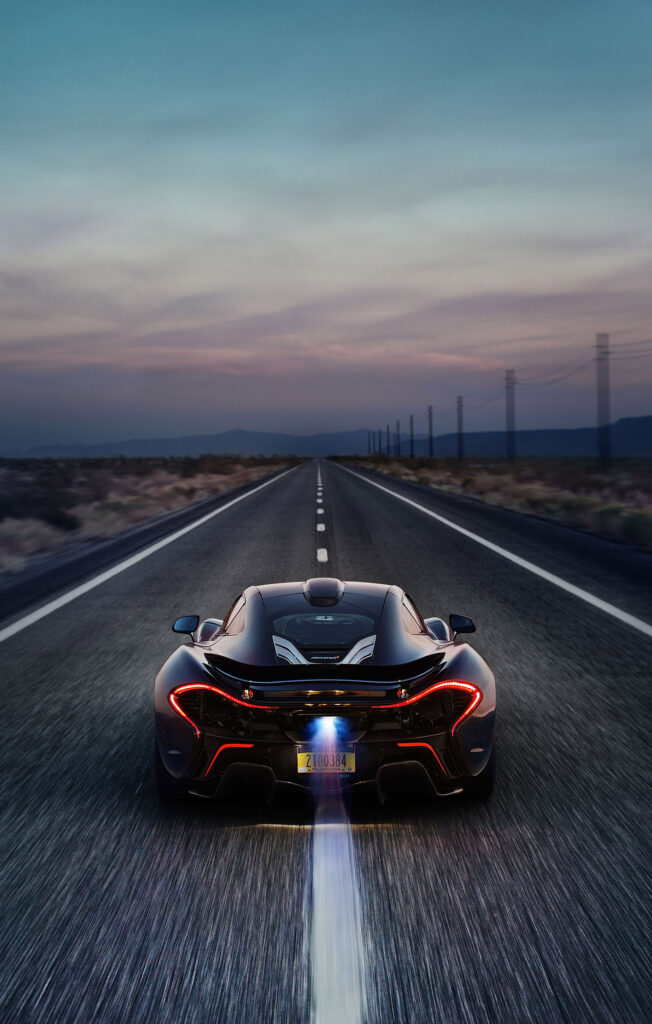
“Every element of the Artura is all-new – from the platform architecture and every part of the High-Performance Hybrid powertrain, to the exterior body, interior and cutting-edge driver interface,” said McLaren Automotive CEO Mike Flewitt. “But it draws on decades of McLaren experience in pioneering super-lightweight race and road car technologies to bring all of our expertise in electrification to the supercar class.”
While McLaren hasn’t confirmed it, Flewitt has previously said the push towards hybrid drivetrains will be for plug-in hybrid systems to meet increasingly strict emissions regulations. That means an electric driving range of at least 30km and average CO2 emissions of less than 100g/km
That would make the Artura the first PHEV for McLaren. In 2012 McLaren revealed its first hybrid, the P1 hypercar (pictured), which teamed a twin-turbo V8 with a regular hybrid system.
The new V6 hybrid PHEV drivetrain will flow through to other McLaren models, providing electrified competition for the likes of the Ferrari SF90 Stradale and its convertible sibling the SF90 Spider.
Weight is one big challenge for plug-in hybrid supercars, but Flewitt has said previously that the PHEV components will be integrated into the new architecture and the overall weight penalty will be 30-40kg.
So expect power outputs and performance to better the current V8 models.
McLaren has three broad model series: the most affordable Sports Series cars, more potent Super Series models and the limited-run Ultimate Series that have included the P1 and ballistic McLaren Senna. The Artura is expected to slot into the Sports Series range, replacing the likes of the 540C and 570S.
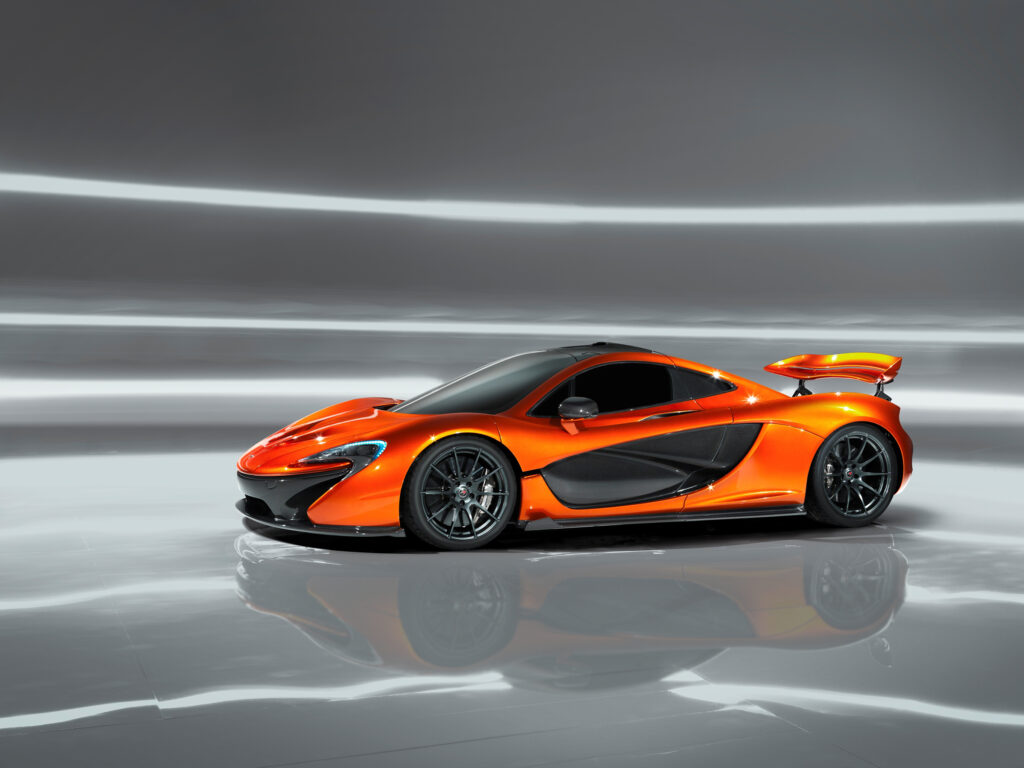
A plug-in hybrid creates challenges for supercars that need big performance whenever the driver calls on it – including when lapping a race track.
Flewitt has previously told EV Central that the electric motor and hybrid system will be integral to the design of the car we now know we be called Artura, allowing the engine to be tuned for the instant torque of an electric motor.
“You get smaller and smaller capacity engines with more and more turbocharging the powertrain itself potentially becomes less driveable. You then add a hybrid system into that and you can then fill it back out again, get the characteristics from a hybrid powertrain [that you’d struggle to get with a petrol engine].”
In the 2018 interview Flewitt also gave insights into the work going on with software management to ensure the hybrid powertrain would always have battery charge.
“Typically, you then need to always have some [battery] charge available because it is an integral part of the powertrain rather than an add-on.”

